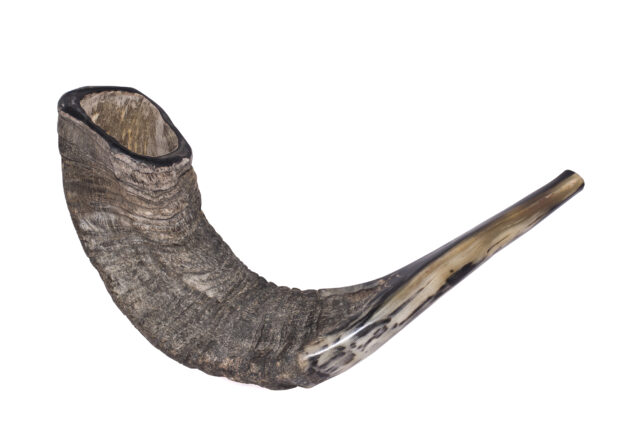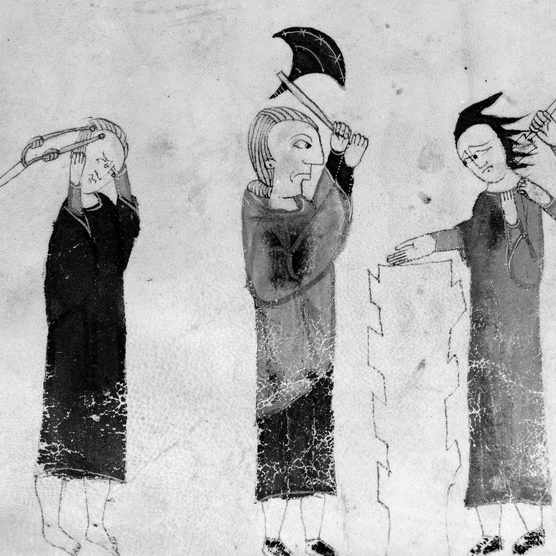When one thinks about it, it’s clear that the Torah’s most fundamental message is that our lives are meaningful. That what we do makes a difference. And when one thinks about it a bit more, one realizes that the idea – that we are powerful enough for our actions to count in the cosmos – is really most shocking.
It’s a truth, unfortunately, that’s not embraced by a considerable chunk of humanity, by countless people who choose to view their existence as nothing more than the product of a long series of meaningless, chance happenings. And what they do or don’t do, as essentially meaningless.
I have often wondered how, despite that delusive belief, such rejecters of human purpose justify their glaringly contradictory claim that ethics or morality exist. If humans are not qualitatively different from amoebas, why should there be any more meaning to good and bad actions than to good or bad weather? Why should there be any more import to right and wrong than to right and left?
Some of the “we’re all just the detritus of random events” crowd try to deflect those starkly obvious questions by invoking the idea of a “social contract,” the agreement of all people to behave a certain way in order to ensure everyone a greater likelihood of survival and happiness.
But a social contract, to the extent that it can actually work, is at best only a practical tool, not a serious imperative. Only if there is a Creator in the larger picture, offering our behavior consequential meaning, can there be true import to human life, placing it on a plane above that of aphids and aardvarks.
Even from a purely secular perspective, seeing life itself, let alone human life, as the product of chance is absurd. Sir Fred Hoyle, who was a famed astronomer but also a deep thinker about science, called the notion of life’s random emergence “nonsense of a high order.” He embraced no religion but felt compelled nonetheless to compare the likelihood of the random emergence of life to that of “a tornado sweeping through a junk-yard… [and] assembl[ing] a Boeing 747 from the materials therein.”
The recognition of human life’s momentousness is poignantly pertinent to Yom Kippur.
Because, when the Beis Hamikdosh stood, as we recount and envision during our Yom Kippur tefillas Musaf, two indistinguishable goats were brought before the Kohein Gadol, who placed randomly-pulled lots on the heads of the animals. One lot read “to Hashem” and the other “to Azazel” – the name of a steep cliff in a barren desert.
The first was offered as a holy korban; the second, taken to the aforementioned cliff and thrown off, dying unceremoniously, as the Mishna (Yoma 6:6) recounts, battered to pieces before even reaching the bottom.
The goat that is brought as a korban – the word means “closeness maker,” as it brings the offerer closer to Hashem – implies recognition of the idea that we mortals are beholden to a divine mandate. And the counter-goat, fated to a desolate, unholy place, may imply a perspective of life as pointless, lacking higher purpose.
Strangely, the Azazel-goat is described by the Torah as carrying away Klal Yisrael’s sins. What might that mean?
Consider: The ability to sin stems from not fully realizing how meaningful our lives are; if we truly felt the power that inheres in our actions, we could never do wrong. Resh Lakish in fact said as much when he observed (Sotah 3a) that “A person does not sin unless a spirit of madness enters him.” Sin’s roots lie in the madness born of our doubting our significance.
And so it’s not outside the realm of the reasonable to imagine that the sight of the doomed-to-Azazel goat being led to an aimless, arbitrary death – the opposite of its erstwhile partner’s honored, sacred one – might serve to remind us of the stark difference between the two diametric attitudes toward human life.
Pondering our lives’ meaningfulness on the holiest day of the Jewish year would thus be most appropriate, generating thoughts of teshuvah, of re-embracing the truth of our power Hashem has given us, “carrying away” our sins.
G’mar chasimah tovah.
© 2024 Ami Magazine








